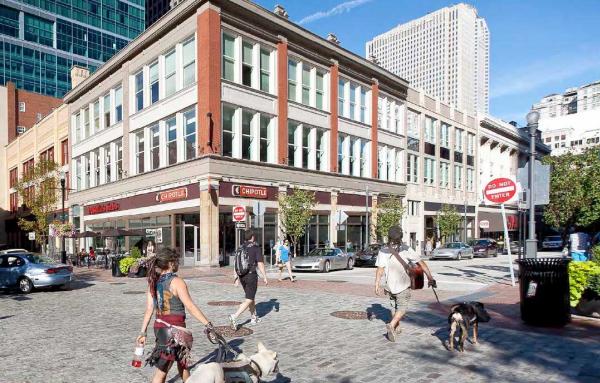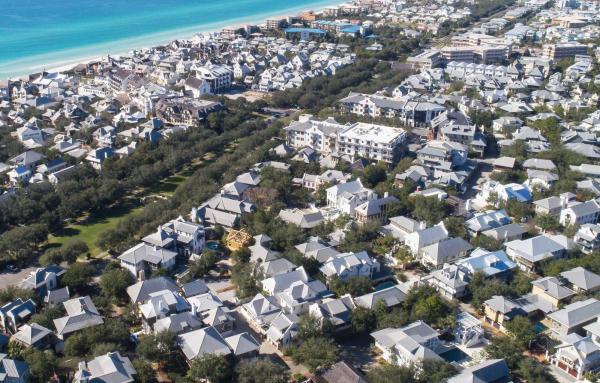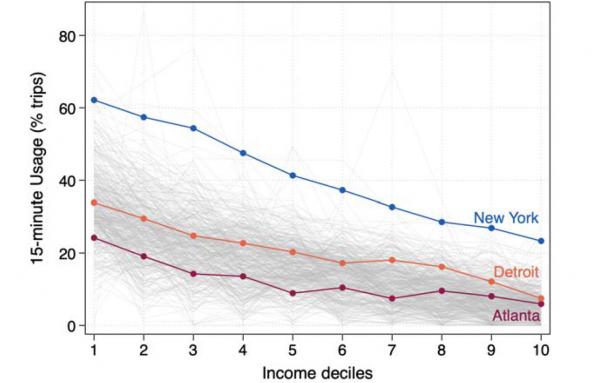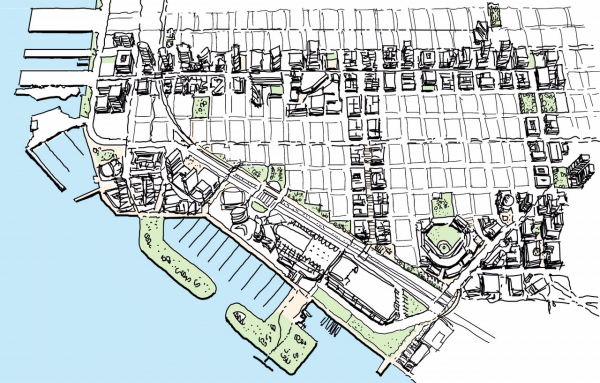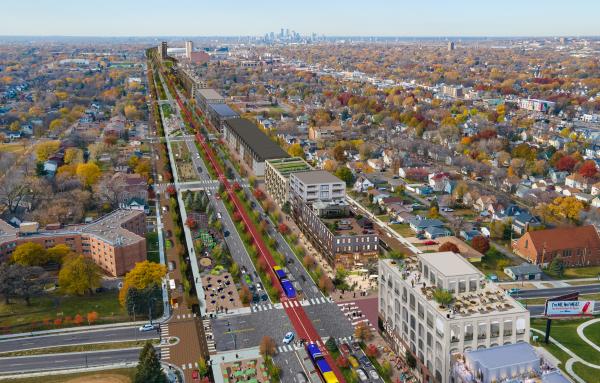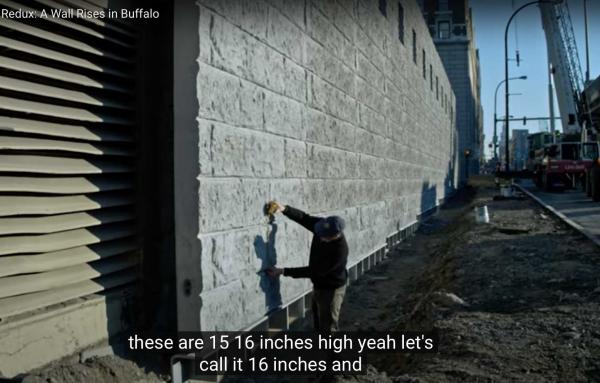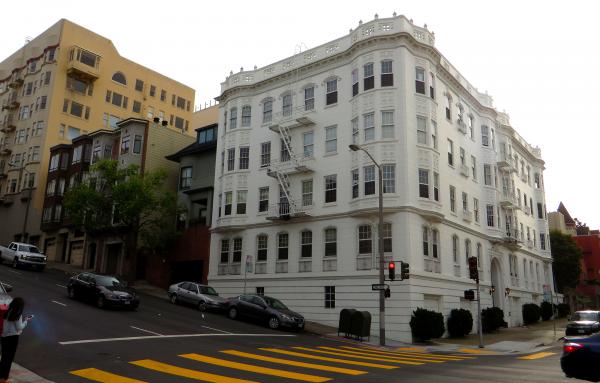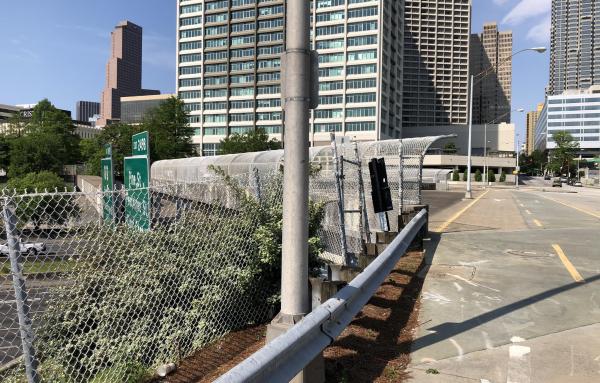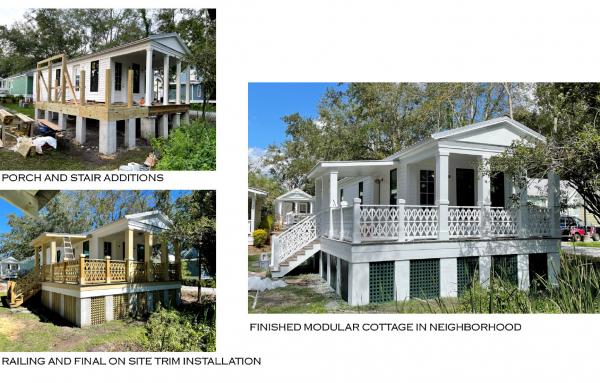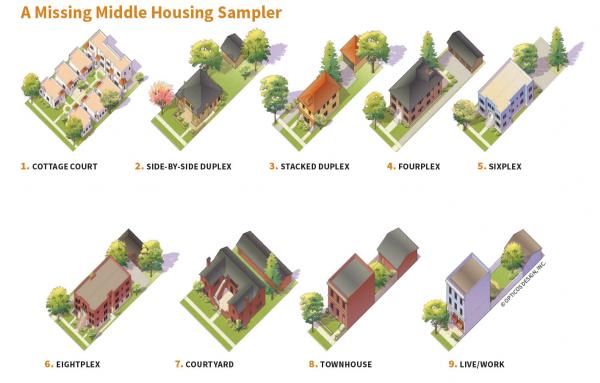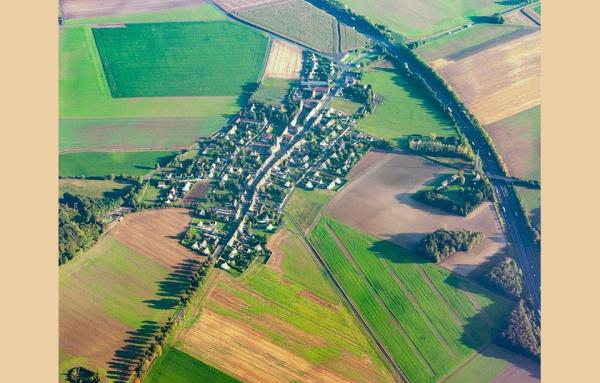RECENT ARTICLES
A theoretical framework based on walking and bicycling sheds makes the 15-minute city more useful to cities and planners.
We prepare codes because it is the most abstract, rigorous, and intellectually refined practice available to a designer. It is also verifiable: by being projected into the world, codes engage a reality that can lead to resounding failure (or success).
The state of California is responding to the nation’s second highest housing costs (behind only Hawaii) with regulatory reforms that promote form-based codes along transit lines and commercial corridors.
The ten campaigns selected for the 2023 Freeways Without Futures report offer a roadmap to the future of North American infrastructure
Even a city that is getting better makes mistakes, such as a massive concrete wall around a development in a city where population and urbanism are growing.
Embracing neighborhood change to address the housing crisis.
The US National Blueprint for Transportation Decarbonization lays out goals for practitioners of New Urbanism and smart growth “to increase convenience and reduce emissions by making it possible for people to take fewer or shorter trips.”
To mitigate this scar on Atlanta’s urban fabric, two freeway cap proposals are being pushed by local business groups.
Good design is a low priority for houses made in a factory, but some architects and developers are trying to change the industry with a simple cottage that features a nicely detailed porch and roof lines.
A viral Tweet highlights a village type that would be useful to analyze and replicate, and also touched a nerve.
